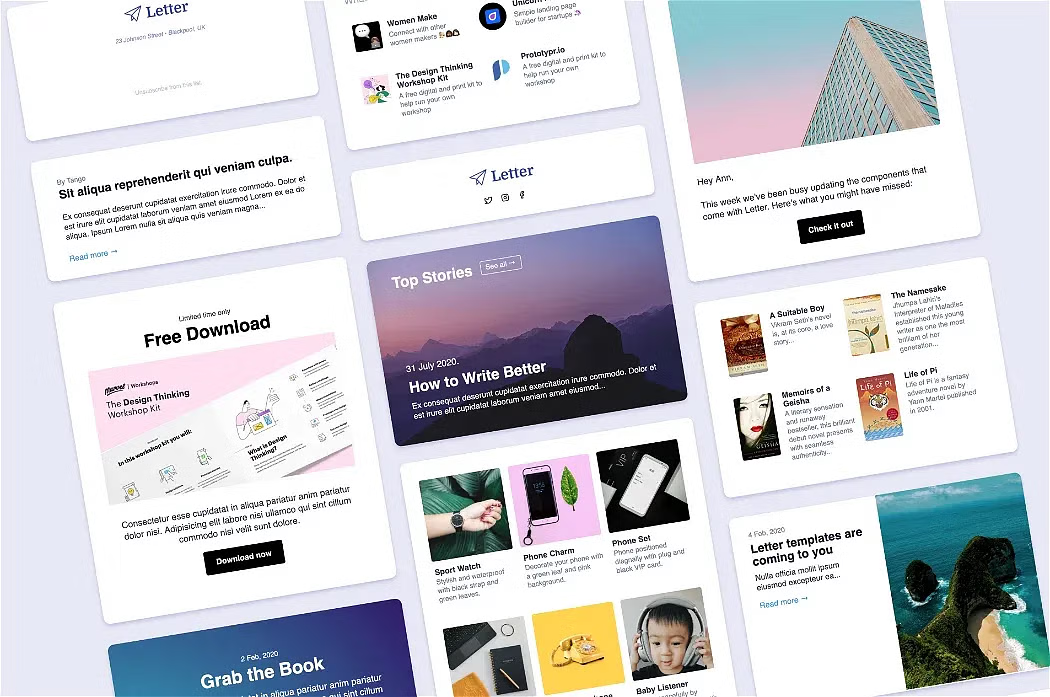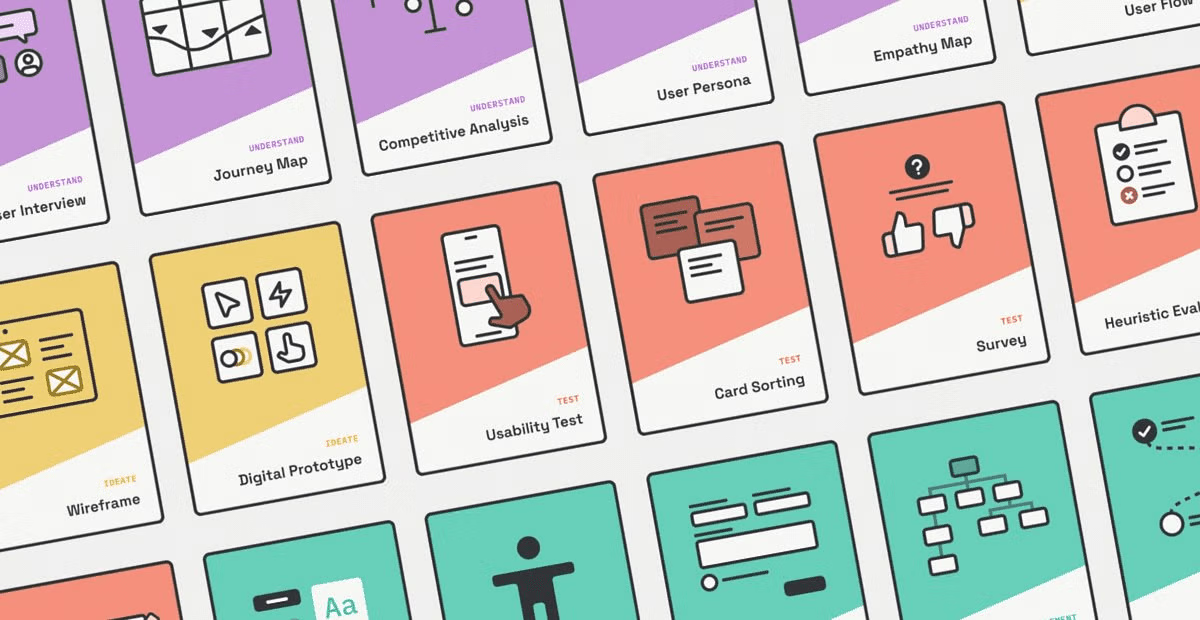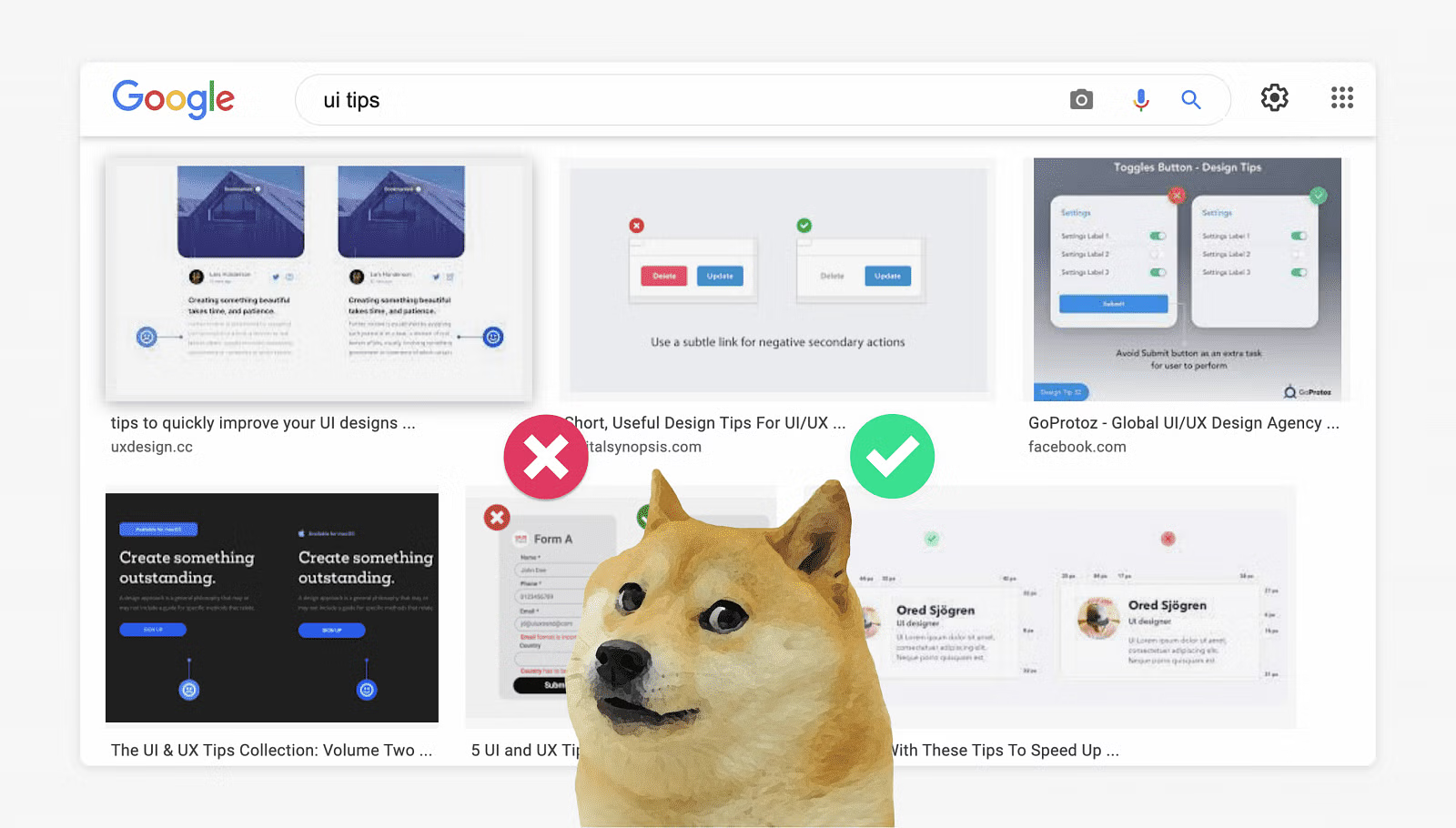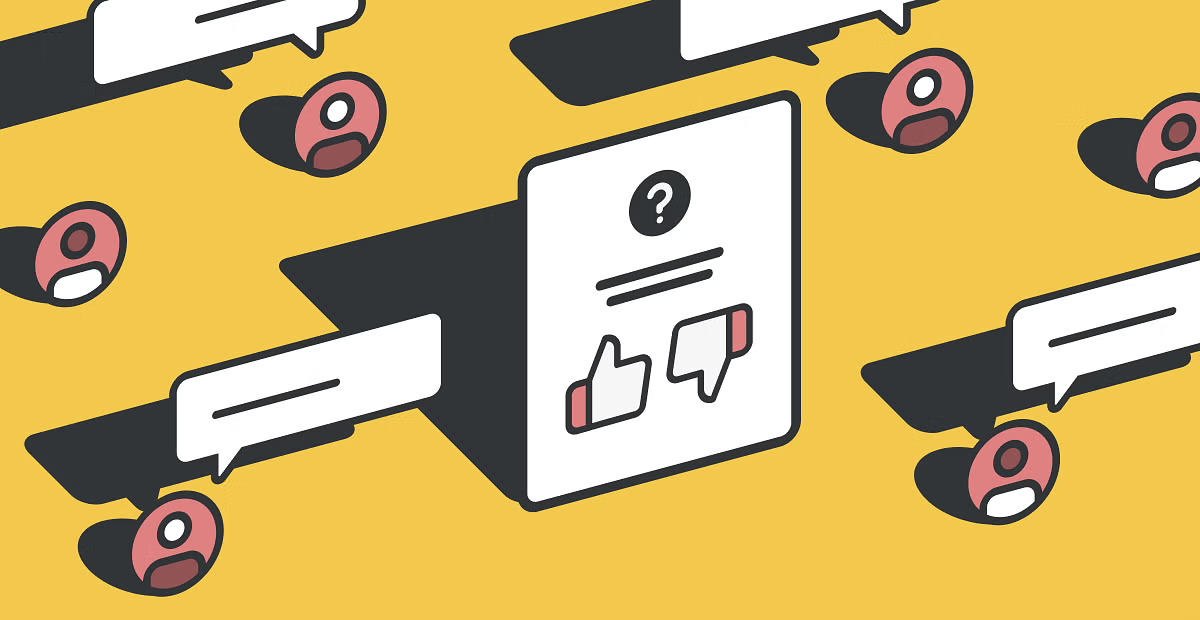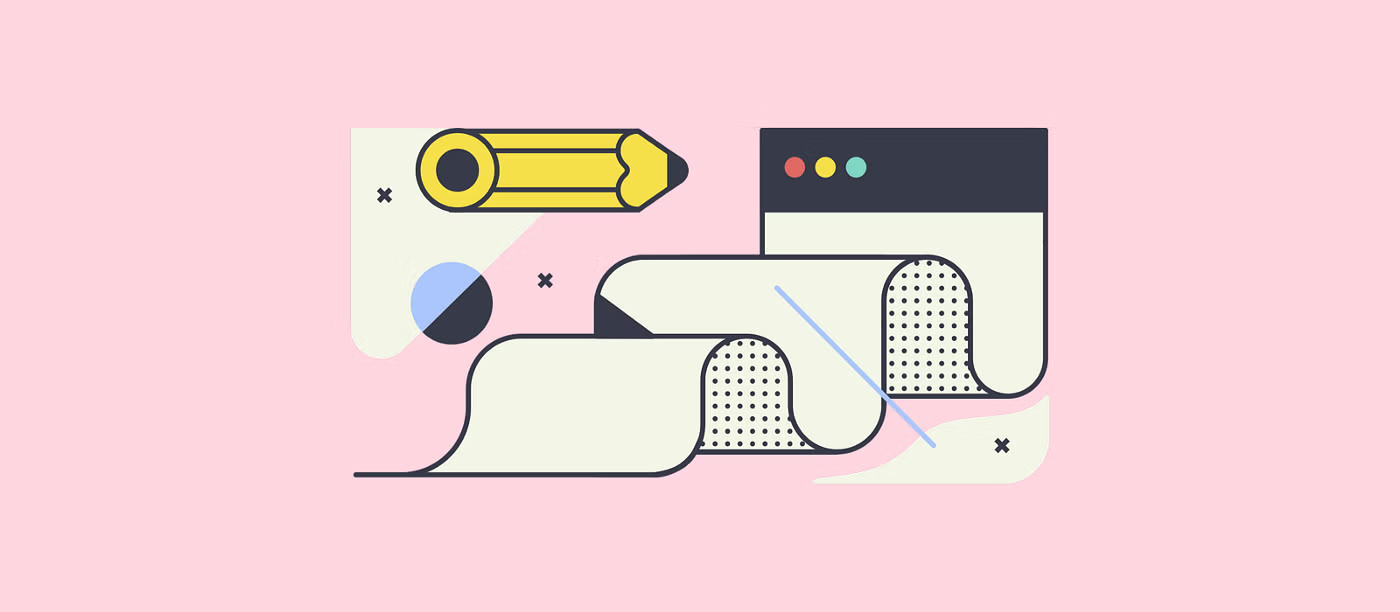Designing UX in non-startup tech
2. Know the industry
Before we learn about the product, we need to learn about the industry and the field. Not just about the user, the user, the user. User includes, though but not the only one thing to think about and not the only one thing to determine everything. Although, not always easy since the system is usually complex and in many cases, there is more bureaucracy. We can also ask stakeholders, the expert and -don’t underestimate this part-, googling about what and how the system is when possible, know about the type of product, the research results, and specifically about the role and the function of the product itself in the whole bunch of systems. Usually, the product in this field area is just a few parts in a whole big system but has really huge impact. Just like my work, the assessment test of the psychological and tracking tool of the therapy session data is the only small part of the whole big system while the impact is really huge. It’s different when we work for e-commerce or fitness apps, no matter which part feature that we are working on within our team, it is already the big and main part of the whole product, because we solve the product problems for the business and users, -in most cases- not to fix the system, not for research.
3. Just do the right thing and do what we need to do
We are here as a very small part but to solve the crucial part. Unlike, work with consumer-facing where it is like nurturing and focusing on our skin and face, teeth also hair, instead, working on ‘The other of UX Design’ is like we fix a blood injury or someone who got choked. Just do the right things. But when we have a chance to give a fancy (but right) solution when it is possible, don’t wait for it until later.
Less ego is a must in this type of work. Think about the team, tools, limitations and the urgent needs of users out there. It’s about a trade-off. That’s why designers with more experience (ideally) are recommended to work in this area. There is a distinction between when we work on consumer-facing products and when we work on non-startups, where it might be rare for us to have support to learn the UX in workshops and to learn from the workshops on how as designers can have an impact to increase sales and retention from the organization’s type like this. Because the product doesn’t need it. Skincare and orthodontist have a clear business to sell more with promotion, but not really happened with injury treatment or E.R. Both are real and taken care of by the doctors.
4. Know the priority when using beautiful UI besides usability
While a beautiful -and useful- product is good to sell and recommended to compete with strong and many competitors, it doesn’t mean impossible or forbidden for ‘the other UX design’ product to do this, though. Everything depends on the case. It’s all about the priority and situation of the whole system. NHS Digital is -for me- the perfect example of this. Similar to the UK Government UI library. Don’t get me wrong, I’m not the type of UX fanatic that underestimates UI or visuals, nor UI maniac who underestimates UX which is not cool if this type of person does exist in the design community. At least I’m writing this after I did some illustrations and icons back then and I was enjoying it. So, it is about knowing how and when we put ourselves.
Keep in mind, that unpleasant UI (let's say the UI has not been changed for 1-2 decades) is possible to happen in some cases in which the designer cannot just as simply propose a completely new UI. It is not that simple. It is not an e-commerce redesign. Think about the user within the whole system. Unless the problem is more on our own team (such as ego and skills), then we can try our best to talk to the one that has influence or position in our workplace, not because of office politics or to bring others down but for better results. If we are on the right side and have experienced, it will –hopefully, be easier to get the trust and after that, we will have a chance to show our expertise, and propose the solution. Keep in mind, not only to propose design solutions, but it can also solve our team workflow, how we work, and anything besides design. Unless there is DesignOps, but usually no one is in here.
5. Adapt your UX theory knowledge, not fully apply it
There are some articles that also say this. But compare with startups and modern big tech, which try to learn and try to apply the methods to reach the metric goals as long as they have budget and time, instead, these areas of ‘the Other UX Design’ are more likely only need what they need in the present time (feel free to give other comments if you have other opinion or point of view on this). I found an interview with a healthcare designer, Tony Threatt about his struggle to apply Human-Centered Design.
Remember the Theranos case founded by Elizabeth Holmes? it wouldn’t work to apply trial and error on healthcare just for the sake of business. This is taken from the BBC:
At 18, she already displayed an intransigence that would apparently continue and drive the company she would found the following year.
Phyllis Gardner, an expert in clinical pharmacology at Stanford, recalled discussing Ms Holmes’s skin patch idea and telling her it “wouldn’t work”.
“She just stared through me,” Dr Gardner told the BBC.
“And she just seemed absolutely confident of her own brilliance. She wasn’t interested in my expertise and it was upsetting.”
Bear in mind, usually, these fields are crucial parts as the main part of human life (such as healthcare, formal education, laws, governance, etc) which just like we are breathing rather than just enjoying coffee. It’s always running and almost no fancy plan or no need to look great when just to ‘breathe’. Just try to get things done.
However, it doesn’t mean we don’t need to look an ideal way. The ideal UX methods are still possible to be applied in healthcare, though but not something to apply in all parts of products, not always because of limited budget like in a small startup, but also because that’s not their priority and not the main needs. As far as I know, a big tech gives us the facility to afford the UX workshops because they need to increase the metrics goals. Yes, for user needs as well, but the business side is very strong. We often heard that the definition of a Product Designer also knows the business besides the users, while the Product Designer in ‘the other UX design‘ area is more likely to know about the system and its limitations. No money-oriented, no many or strong competitors, no VCs in most cases. and to be honest, this is still a challenge for me.




